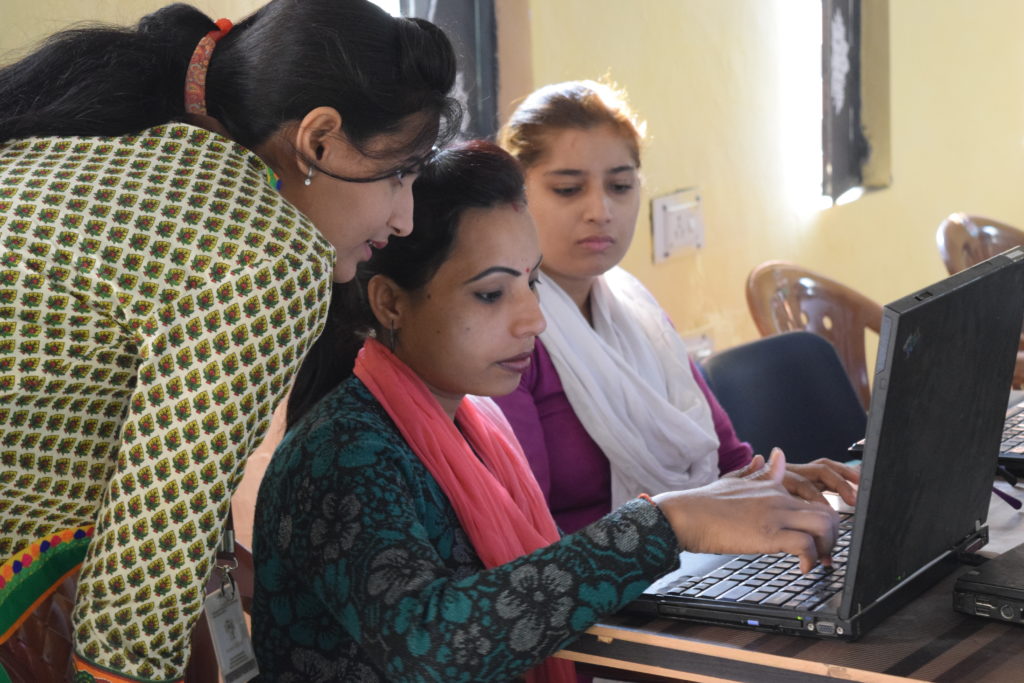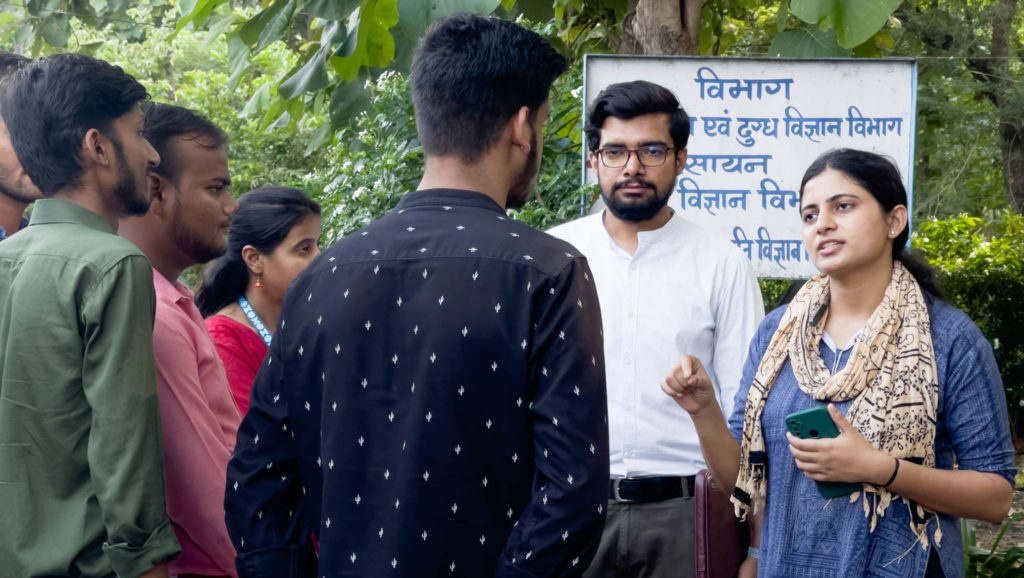
Finding our constellation
This story is a part of Non Profit Work: a collection of opinions and insights to help non-profits work better and drive greater impact.
As practitioners, while we all mostly understand the motivations to pursue a collaborative approach for impact, getting down to doing it is not easy.
Breaking away from a siloed approach doesn’t come naturally to us. Bringing key participants together around a shared vision, no matter how closely aligned we are, takes a substantial investment of time: a generally scarce resource for those of us working in the space.
And the usual impediments that have been well documented when we think of “collaborative action” or “collective impact” do not do much for the overall enthusiasm. So then, how does one get down to doing it, especially as an organization with limited resources?
Bringing peers together around a shared vision, no matter how closely aligned we are, takes a substantial investment of time: a generally scarce resource for those of us in the sector.
This year, Medha decided to walk the journey of ecosystem engagement, to see what role we could play as an organization – with well over a decade of work with young people and a deep understanding of our context behind us.
With efforts like Osmosis, we are figuring out how to collaborate with a group of peers who also work with young people, especially young women, to ensure that our collective energy is helping advance their aspirations and opportunities for them. In the process of designing Osmosis, a practitioners’ working group, here are three things we have learned in our journey so far.
Start with intention!
Having the right people at the table was critical when we began ideating on what a working group could look like, and what can ultimately be achieved as a group.
For Osmosis, as we started having conversations with like-minded peers, we saw a strong resonance around the idea of coming together to collectively help young women thrive, given each of us was in some ways working along the journey of a young woman from her home to her workspace of choice.
Each one of us is open to the idea of showing up in a shared space to define outcomes together. Therefore, the idea of Osmosis is now developing with the group’s inputs. We are pursuing supporters who believe in ‘collective change’, and our destination is becoming clearer as we travel the path together.

It will be long before we can prove, or initially even articulate impact (to speak our non-profit language) – we understand this challenge is inherently built into a collaborative approach. But what is most exciting is that every single organization we have spoken to for Osmosis has the right intent and knows this long journey will be well worth taking.
Harness existing knowledge
With intention in place, the next step was “the first step”, literally. Where do we begin? And we began with what we believe is yet not completely explored – open knowledge exchange.
In our own work over the past few years, we have often reached out to peers to help us break down a nuance that we do not fully understand but is something they have expertise in. For example, we reached out to Azad Foundation to understand how we can engage men and boys to advocate for the young women in their families, as we ourselves continue to work with young women to own their career outcomes.
That is why, through Osmosis, we will harness the existing knowledge assets developed over the years by the working group in a shared knowledge repository and eventually disseminate it through an open knowledge platform.
We begin with what we believe is yet not completely explored – open knowledge exchange.
While there is value in leveraging each other’s existing knowledge assets as is, there is also potential to create some assets more broadly for the common good. And like with intention, we found resonance around an urgency to take this first step: why should anyone have to reinvent the wheel when just within the Osmosis group itself, the collective experience of working with young people, especially young women, is 150 years? Yes, let that sink in.
Trace an emergent agenda
And lastly, we stayed away from going in with any fixed agenda, so we could explore multiple possibilities to work towards something bigger than each of our individual organizational missions.
Clearly, there is much that needs to move when we look at not only the shocking magnitude of biases against women but the equally shocking lack of progress against them, as a recent UNDP report highlighted. And when trying to address this collaboratively, it was critical to make space for an organic, emerging process to evolve so we could dream audaciously, of something that no one member in the group can achieve alone.
We believe when people show up in a shared space with intention, a common agenda can emerge which is not only flexible for each member to make their own but is also aspirational, bold, and courageous for all to contribute to collectively.

With 11 peers onboard the Osmosis working group, we understand that to sustain this initiative and to effectively demonstrate value in ecosystem engagement, intention alone will not suffice.
We will need more supporters and some visible success. We will need everyone to witness the potential of cross-organizational connections for us to all remain engaged with Osmosis.
But for now, we are opening ourselves to explore the power of ideas, connections, and commitments to drive the change we all aspire for. After all, it’s only when you begin the search, that you can find your constellation.
If you work in a similar space, and would like to be a part of these conversations, write to us to join the Osmosis community.